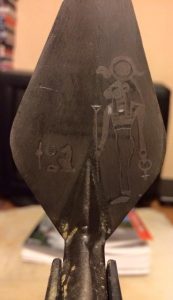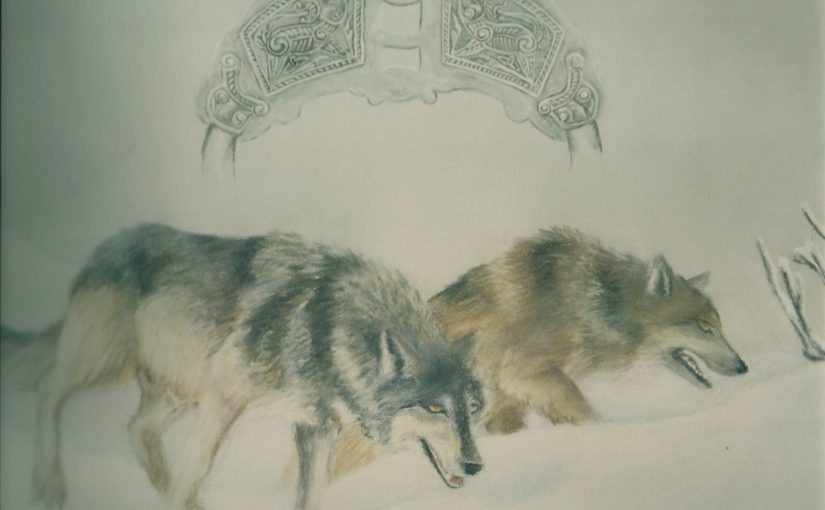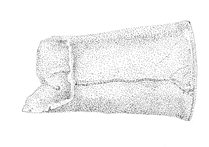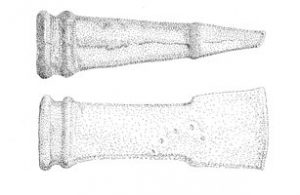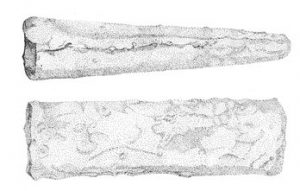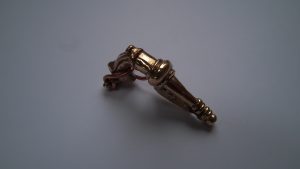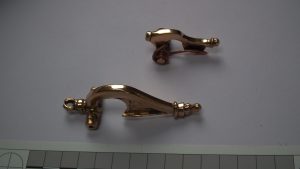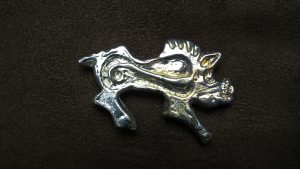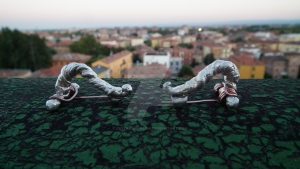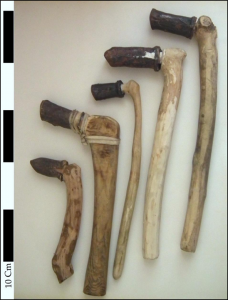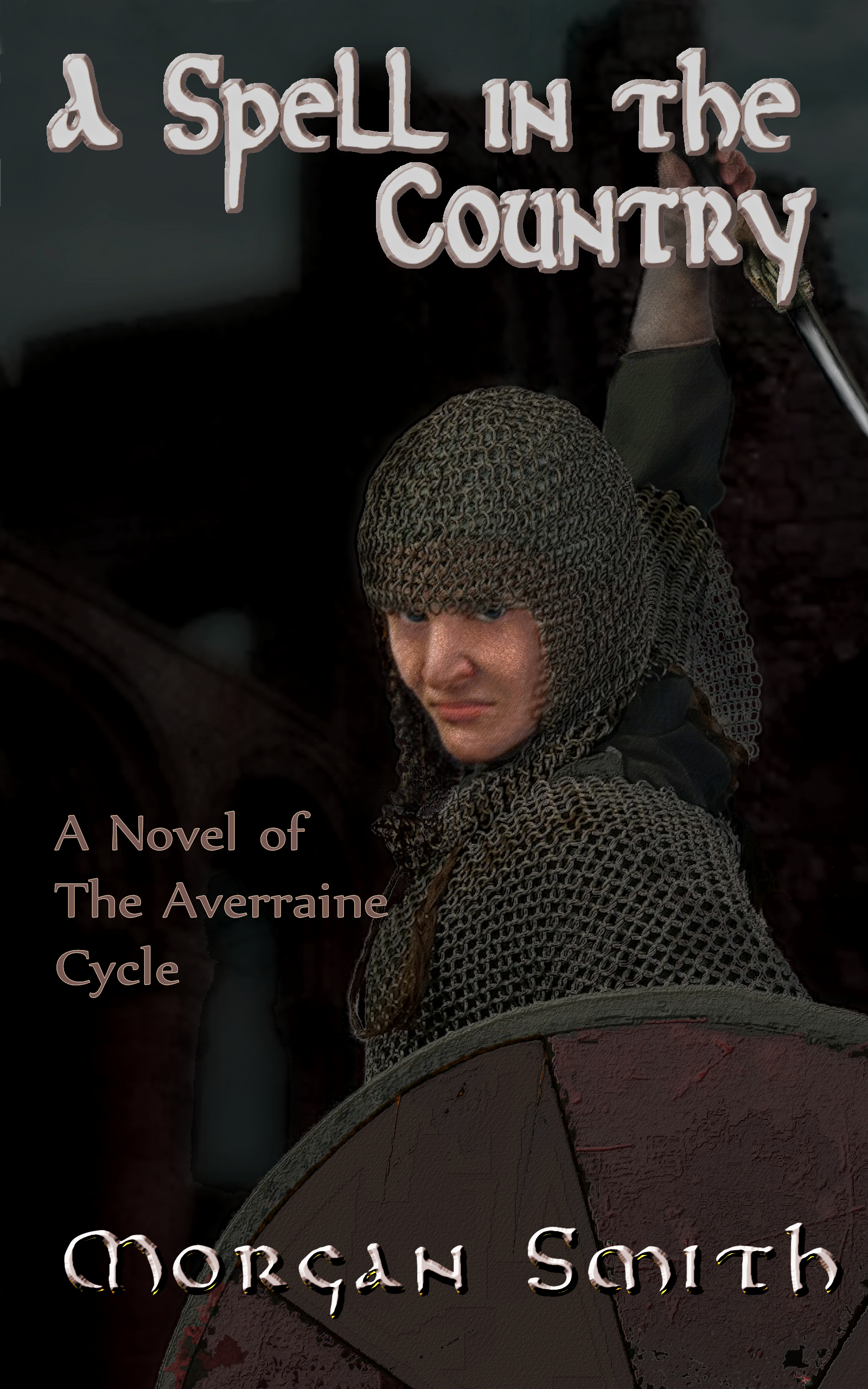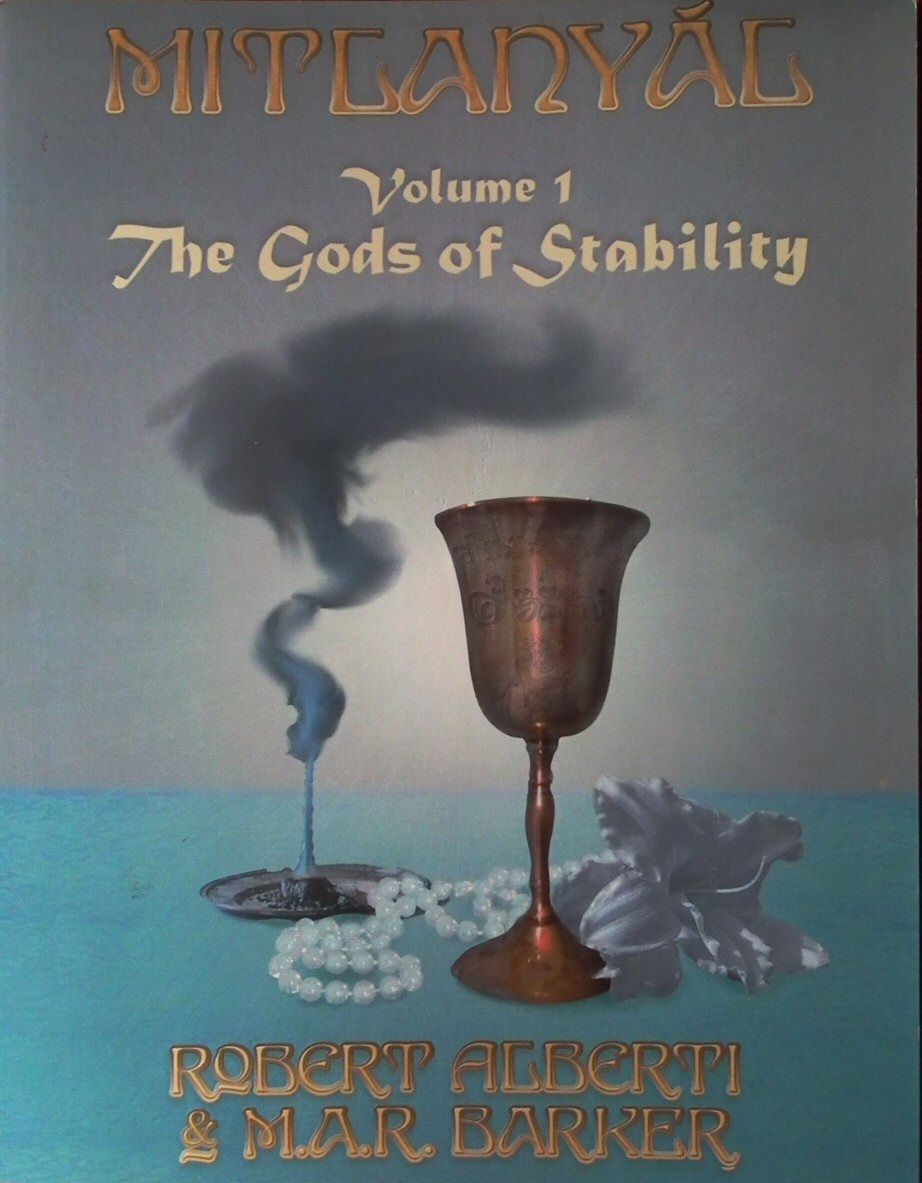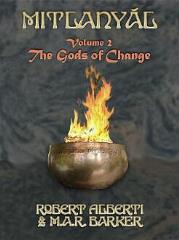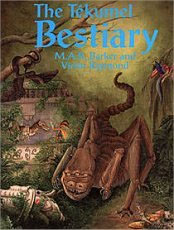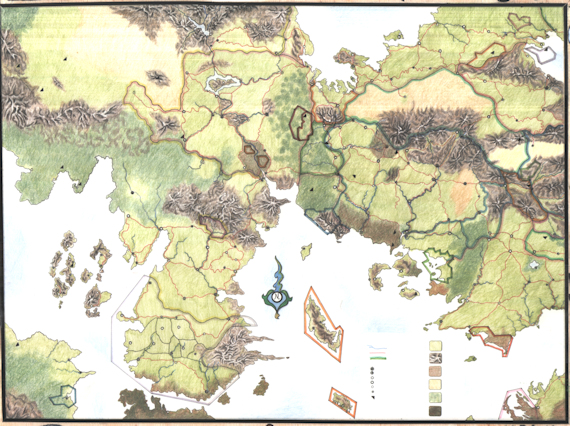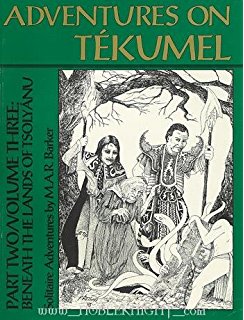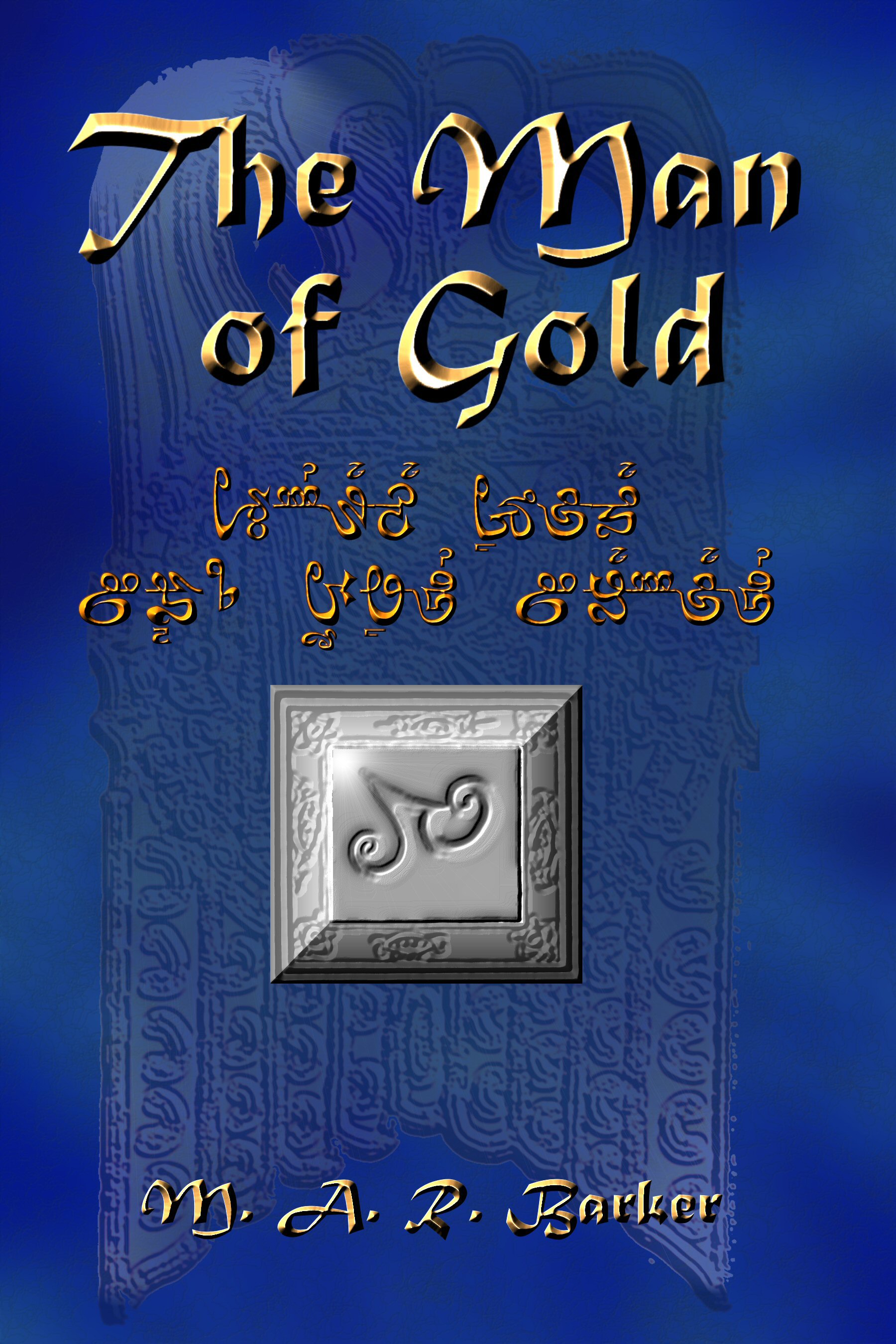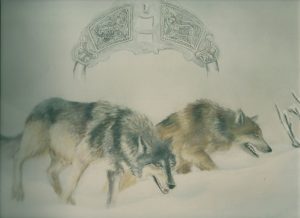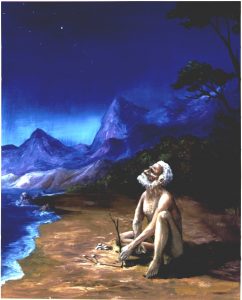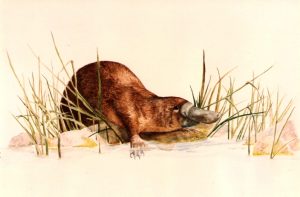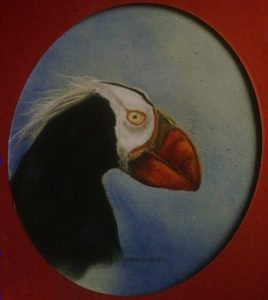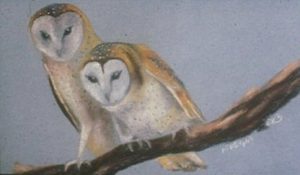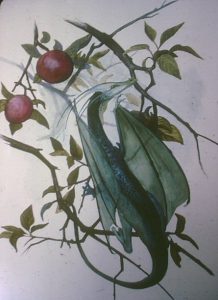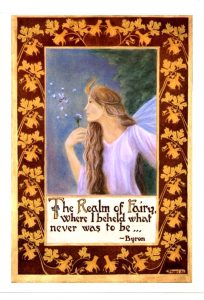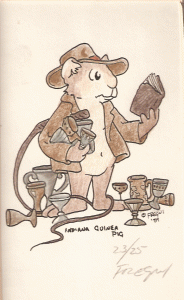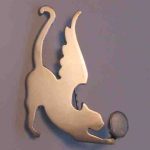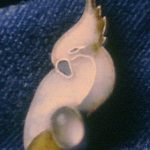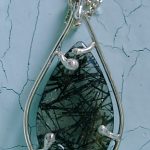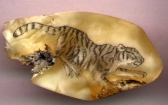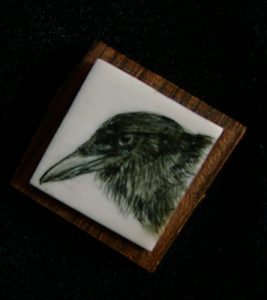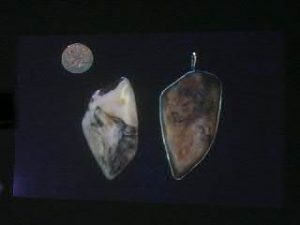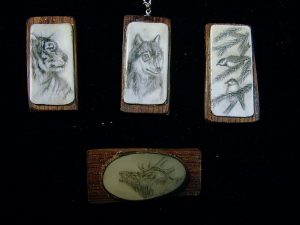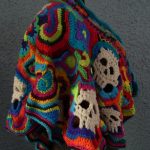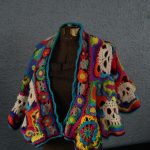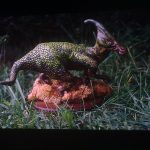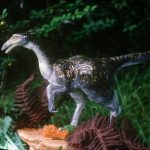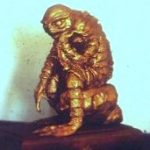I have done a lot of work other than experimental archaeology, including illustration (both in traditional media and electronic), fine arts, metalwork, and jewellery. Here is a portfolio of the various pieces I’ve done and the different media I have worked in. Clicking on the images will bring up a full-sized image.
I am available for commissions. Please feel free to contact me through my website here or through my Facebook page, Twitter, or LinkedIn.
Archaeological Illustration
Archaeological illustration is technical drawing. Drawings need to be drawn to scale and conform to standards. This type of drawing has an advantage over photographs in that it can highlight details while still remaining faithful to the original object. For instance the lines showing the flash where the two moulds meet is often shadowed, making it difficult to see the details. The drawn version can present a much clearer image.

As part of my PhD thesis I needed to draw different types of socketed bronze hammers. Here are examples that were drawn in pen and ink.
Staffordshire Hoard
While working for Birmingham Museum and Art Gallery, I was part of the team that assembled the embossed foils of the Staffordshire Hoard. I took multiple photographs to make composite images of the foils. One of the digital reconstructions is shown below. Unfortunately much of the work that I did will not be available until the data is released publicly. In the meantime, some of the images I made as part of the project are available to the public on my post here and the Hoard newsletter here.
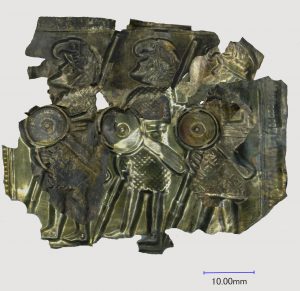
Digital reconstruction of embossed sheet metal fragments from the Staffordshire Hoard. This was reconstructed from photos of multiple sets of fragments taken with a digital microscope. The individual photos of the fragments were then overlaid and stitched together to create a composite photo. The result is a more complete visualisation of the entire panel. An article with details of the process and more photos is available here.
Archaeological reproductions
I enjoy going back to making jewellery, however rather than using torches and electric furnaces, I do my work over a charcoal fire and pumping bellows. I make my moulds from clay, sand, and dung and get a finish that is as good as when I used modern commercial products.
Book covers and illustrations
Much of my commercial illustration work has been for the science fiction, fantasy, and the role-playing game market. I’ve done book covers, interior illustrations, and have designed maps for fictional lands. These are created in a wide range of media including ink, watercolour, oil, and computer generated images using programs including PaintShopPro and PhotoShop.
Drawings, Watercolour and Oil Paintings
Much of my illustration work requires me to digitally create or manipulate images. However, I still enjoy working in traditional media. I especially like working in watercolours and ink. It requires more patience and precision when there’s no safety net of the ‘undo’ button to fix mistakes.
Jewellery and Lapidary work
Before entering the world of archaeology, I was an independent jeweller and gem cutter. My experience in metalworking was an asset when I pursued my degrees in archaeometallurgy. I had a practical knowledge of working with metal that most archaeologists and researchers lacked. These are a few of the original pieces I did, working in silver, and decorating the pieces with gemstones and enamels.
Scrimshaw
Scrimshaw is a process of fine engraving where the incised lines are filled with ink. I’ve worked on fossil ivory, recycled piano keys, amber, fossil walrus and mammoth ivory, antler, and tagua, a type of nut that has a similar consistency as ivory. I enjoy doing the fine, precise work, drawing with a small diamond drill bit held in a pin vise.
Fibre Art
I also enjoy working in fibre art, including spinning, crochet, and knitting. The cape below is done in free-form crochet. The pattern was created randomly as I made new elements and assembled them.
The inspiration for this was from a book from the 1970’s called Treasures of the Aquarians: the sixties discovered : the complete exhibit catalog of the Berkeley dig, by Richard Davis and Jeff Stone. It was written set in the distant future as a museum guide for an exhibition of ancient artefacts from the 1960’s and has outrageous assumptions about interpretations of the artefacts. When I made this I wanted to recall the vibrant colour patterns from when I was young and to include skulls, not only for the archaeological aspect, but also as reminder of all they symbolised back then, everything from the Grateful Dead to the ephemerality of life.
Sculpture
I also enjoy doing sculpture in a variety of media.
Just for Fun
Trowel Art!
A friend of mine asked me to engrave her trowel. She especially liked the Egyptian lion-headed goddess Sekhmet, so I engraved both the image of the lion goddess and her name in hieroglyphs. My friend is right-handed so the side with the hieroglyph will wear down more quickly than the side with the figure.
